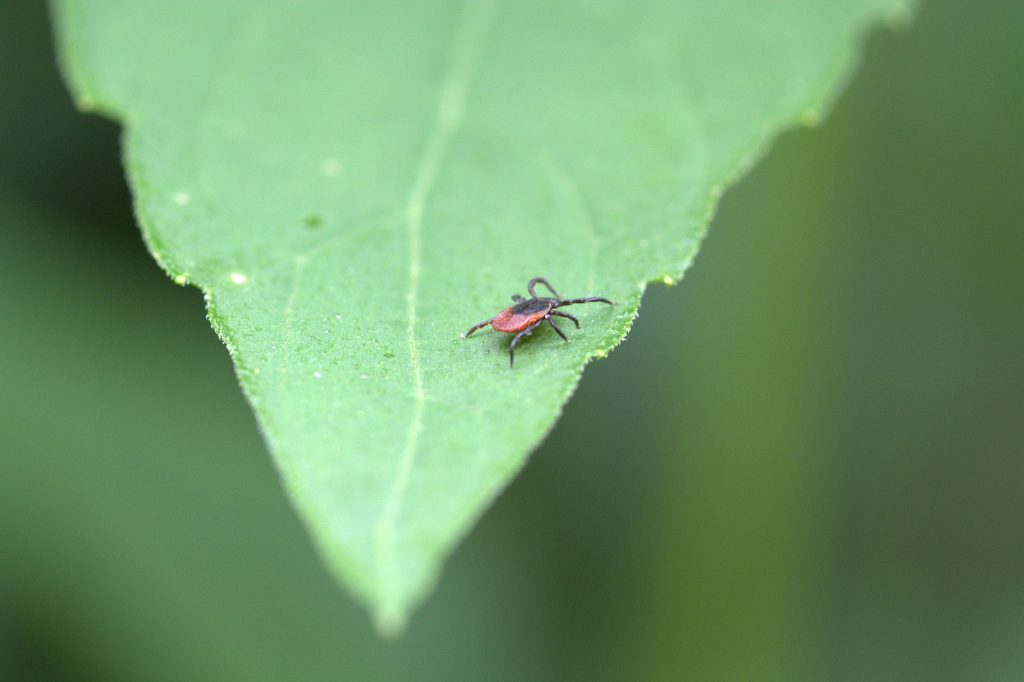May is Lyme Disease Awareness Month, and we’d like to help raise awareness of this challenging illness, and to offer tips to prevent Lyme disease infection from the bite of a bug all too common in the New England area—the pesky tick.
According to the Centers for Disease Control and Prevention (CDC), approximately 300,000 people in the U.S. are diagnosed with Lyme disease each year. For perspective, that’s 1.5 times the number of women diagnosed with breast cancer and six times the number of people diagnosed with HIV/AIDS. However, because diagnosing it can be difficult, it’s thought that many with Lyme disease are misdiagnosed with other illnesses.
Lyme disease affects people (and pets) of all ages and is commonly found in children, older adults and in those who spend time outdoors working or in other activities, such as firefighters and park rangers, with higher exposure to ticks.
LymeDisease.Org describes the condition as a bacterial infection that—on the East Coast—is usually transmitted by black-legged ticks, also known as deer ticks, primarily found in woody or grassy areas. The percentage of ticks infected with Lyme in a particular area can vary from zero to 70%.
The good news is that only a minority of tick bites lead to Lyme disease. But the longer the tick remains attached to your skin, the greater your risk of infection. Lyme transmission is rare if the tick is attached for less than 36 to 48 hours, so skin inspection is crucial following outdoor activity.
The Burden of a Bite
Symptoms of Lyme include headache, fever, chills, fatigue and a skin rash that starts as a small, red bump and may expand slowly over a few days at the site of the tick bite. Lyme disease can be diagnosed based on symptoms present and the possibility of exposure to infected ticks. In some cases where used correctly, laboratory testing can be helpful. Most cases of Lyme disease can be successfully treated with a few weeks of antibiotics. Left untreated, however, the infection may spread to joints, the heart and the nervous system, leading to serious problems.
Tick Off These Steps
Steps to prevent Lyme disease include:
- Use insect repellent during an outdoor activity that contains active ingredients, which are registered by the EPA—the most common one is DEET. You can buy repellents with 100% DEET, but 30% is really all you need.
- Avoid areas with long grass or weeds
- Wear long sleeves and pants when hiking
- Inspect and remove ticks with tweezers promptly after walks
- Clear brush and leaves from your yard
- Regularly mow your lawn
- Stack wood neatly in sunny, dry spots to discourage tick-carrying rodents
Finally, protect your family, pets and visitors by working with our trained pest control professional to safely reduce the tick habitat around your home or business. On your next outing, ditch the ticks and bring home only memories. Contact us with questions or to schedule a service.

